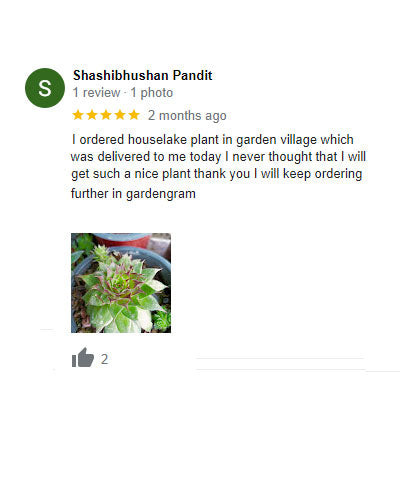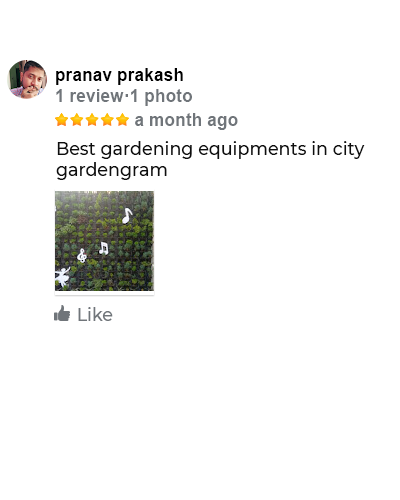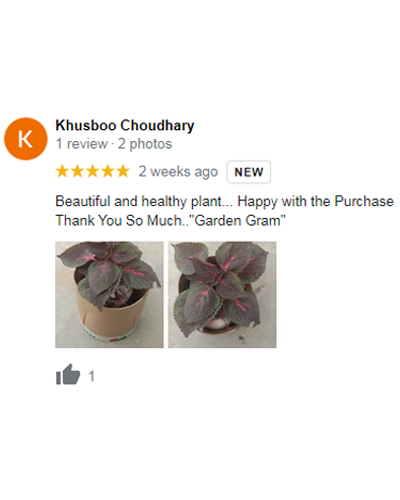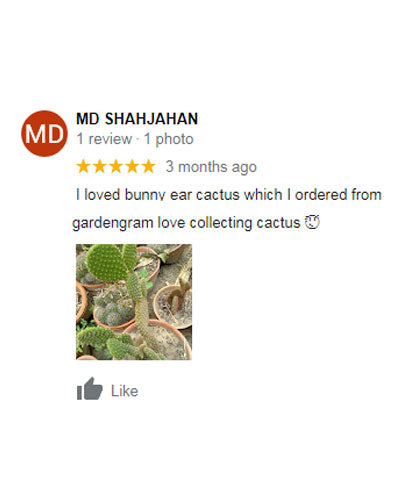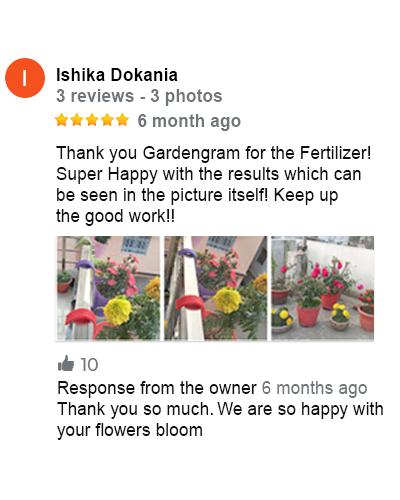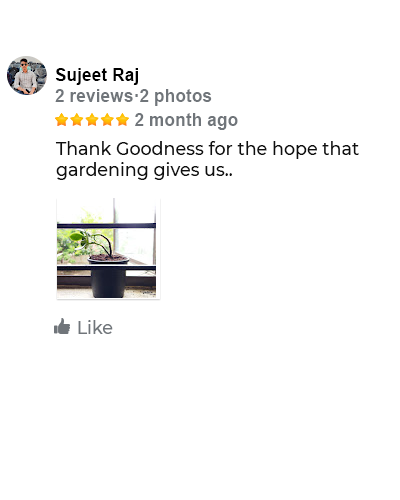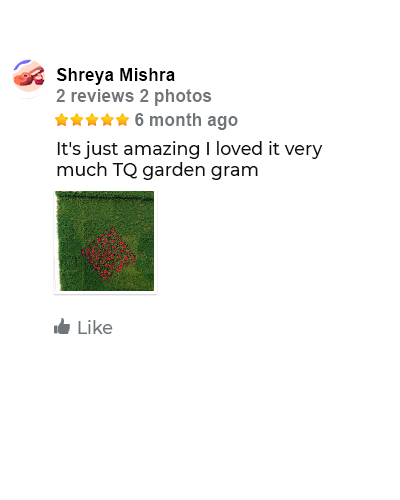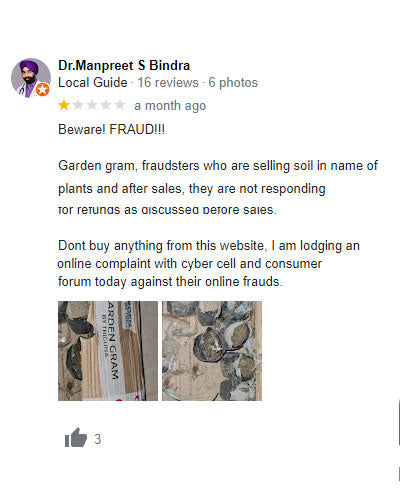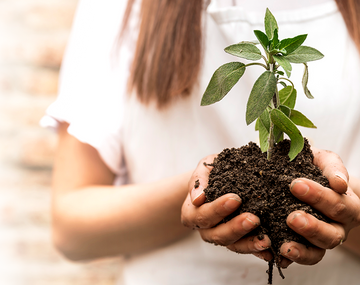How to Start a Garden: 10 Easy Steps for Beginners
Are you ready to embark on a rewarding journey into the world of gardening? Whether you have a green thumb or are completely new to gardening, starting your garden can be a fulfilling and therapeutic experience. In this guide, we'll walk you through 10 easy steps to help you get started on your gardening adventure.
Step 1: Determine Your Garden Location

Before you start digging, consider the location of your garden. Choose a spot that receives plenty of sunlight and has well-draining soil. If you're limited on space, don't worry! You can still grow a thriving garden in containers or raised beds on a balcony or patio.
Step 2: Test Your Soil

Understanding your soil composition is essential for successful gardening. Perform a soil test to assess the pH level and nutrient content of your soil. This will help you determine if any amendments, such as compost or organic matter, are needed to improve soil quality.
Step 3: Choose Your Garden Type

Decide what type of garden you want to cultivate. Whether it's a vegetable garden, flower garden, or a mix of both, choose plants that are well-suited to your climate and growing conditions.
Step 4: Prepare Your Garden Bed

Once you've chosen your garden location, it's time to prepare the soil. Use a garden fork to loosen compacted soil and incorporate organic matter to improve soil structure and fertility.
Step 5: Consider Raised Beds

If you're dealing with poor soil quality or limited space, consider using raised beds. Raised beds provide better drainage, improve soil quality, and make gardening more accessible for beginners.
Step 6: Plan Your Garden Layout

Before planting, sketch out a garden plan to help you visualize where each plant will go. Consider factors such as plant spacing, sunlight requirements, and companion planting to maximize your garden's productivity.
Step 7: Choose What to Plant

Select plants that are well-suited to your growing conditions and gardening goals. Whether you're growing your food or creating a colourful flower garden, choose varieties that thrive in your climate and soil type.
Step 8: Plant Your Garden

Now it's time to get your hands dirty! Follow planting instructions for each plant, making sure to provide adequate spacing and proper depth. Water your newly planted garden thoroughly to help plants establish their roots.
Step 9: Watering Your Plants

Proper watering is crucial for plant health and vitality. Water your garden regularly, making sure to water deeply to encourage deep root growth. Mulching around plants can help retain soil moisture and suppress weeds.
Step 10: Maintain Your Garden

Gardening is an ongoing process, requiring regular maintenance to keep your garden looking its best. Monitor your plants for signs of pests or disease, and address any issues promptly. Regularly fertilize your garden to replenish nutrients and promote healthy growth.
Starting a garden is a rewarding endeavour that allows you to connect with nature, grow your food, and beautify your outdoor space. With these 10 easy steps and helpful tips, you'll be well on your way to creating a thriving garden oasis. Happy gardening!
---------------------------------------------------
FAQs:
- How much time and money does it take to start a garden?
Starting a garden can be as simple or as elaborate as you make it. It's possible to start a small garden on a budget with minimal time investment. As you gain experience, you may choose to invest more time and resources into expanding your garden.
- What are the best plants to grow for beginners?
Some easy-to-grow plants for beginners include tomatoes, peppers, lettuce, herbs, and flowers such as marigolds and zinnias. These plants are relatively low-maintenance and can provide a bountiful harvest or beautiful blooms with minimal effort.
- How can I ensure my garden remains nutrient-rich year after year?
To maintain soil fertility, practice crop rotation, and add organic matter such as compost or aged manure to your garden beds regularly. Additionally, consider planting cover crops during the off-season to help improve soil structure and add nutrients.
—----------------------------------------------------------------------------------------------------------





